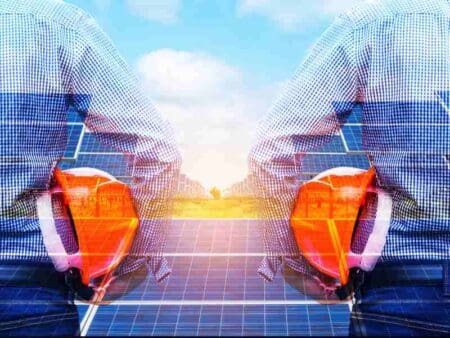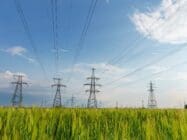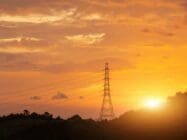
To achieve decarbonisation and energy transition goals, utilities and energy stakeholders in Asia need to address the industry’s biggest challenge: the integration of renewable energy with grid networks, according to a new report released by consulting firm Black & Veatch.
The Black & Veatch Asia Electric Report has found that connecting renewables onto grid systems is by far the greatest challenge ahead of simply installing renewable energy generation assets as the region intensifies its replacement of coal assets with low-carbon energy resources.
Narsingh Chaudhary, Executive Vice President & Managing Director, Asia Pacific, said: “The report reveals that pressures to lower grid emissions are mounting from investors, large customers and governments as infrastructure needs continue to transform.”
The study states that for net-zero goals to be met, utilities and energy stakeholders in Asia will need to employ more integrated generation, transmission and distribution solutions.
Chaudhary added: “The introduction of more renewable energy, is changing the very nature of electric grid management and this means Asian electricity providers must plan and invest seriously across the entire system of generation, transmission and distribution assets.”
Have you read?
Five key threats to grid reliability in Asia’s electric industry
eBook identifies threats to utility grid modernisation efforts
Asia switched on to the power of digital
Other key findings of the report include:
- Only 15% of respondents see a future for coal generation asset investment beyond 2035; in addition, 85% believe there will be less investment in coal over the next five years.
- In contrast, nearly half of respondents see a long-term future for new gas generation asset investments beyond 2035 while an additional 25% think investments will be channeled to upgrading existing facilities.
- This aligns with optimism around hydrogen as a zero-emissions energy carrier. 73% believe that hydrogen will help meet carbon emission goals beyond any other technology, while 46% think it will take off as a clean and affordable alternative to gas generation.
- Advanced system control devices is the top investment priority area to improve transmission systems.
- Almost half of respondents are considering smart grid improvements in the next five years, more than any other grid hardening technique.
- 35% of industry respondents say their organization has no decarbonization response in place.
- 25% of industry respondents are not confident with the performance and resilience of transmission and distribution networks hence the need for further investments to be directed towards modernising the infrastructure.
- Underinvestment in transmission and insuffient energy storage have been highlighted as two of the top three industry threats to providing reliable services to consumers
Harry Harji, Associate Vice President for Black & Veatch’s management consulting business in Asia, added: “The energy transition is underway across the region with more than 80% of respondents saying they are channelling capital to clean energy investments.
“Solar, in particular, looks set to receive increased investments over the next five years while almost half of the respondents think hydrogen will emerge as an alternative to gas generation by 2030.”
Find out more about the report.








